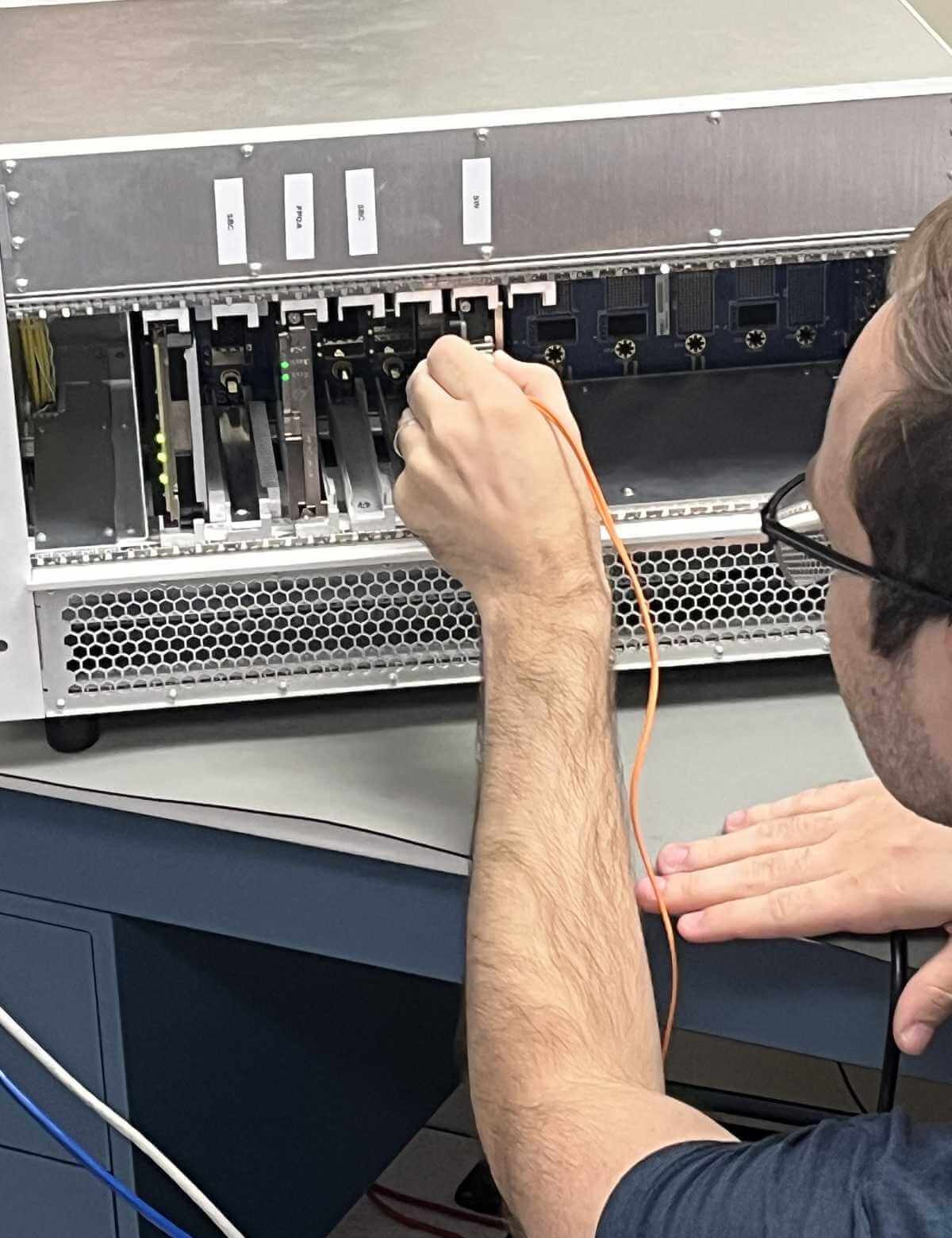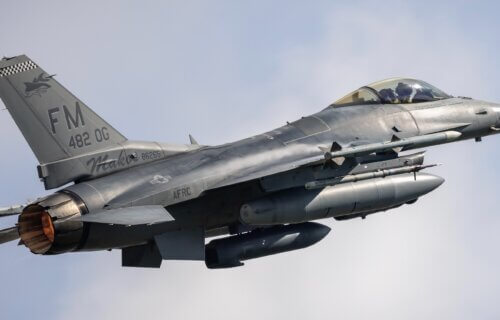SAN ANTONIO — The U.S. military’s electronic warfare system is about to get a significant upgrade. The U.S. Air Force has provided Southwest Research Institute (SwRI) with a $4.8 million contract to identify and respond to enemy radar signals, reinforcing the security of American military aircraft.
This next-gen system is characterized by its “continuously staring” feature that significantly accelerates detection rates of adversary pulses. Unlike conventional systems that scan the environment, this technique ensures prompt response and improved protection, which is especially crucial when dealing with sophisticated enemy radars.
“Eliminating false detections is crucial, as they force the pilot and plane to divert scarce resources to defeat an ‘enemy’ that’s not there,” says Jarrett Holcomb from SwRI, a part of the system’s development team, in a statement. “As we strive for the fastest detection rate possible, our algorithms provide unmatched accuracy.”

The system utilizes cutting-edge algorithms in a congested signal test environment. According to the U.S. Air Force, in a simulated environment populated with enemy radar signals, it demonstrated an impressive over 99 percent likelihood of intercepting signals with zero false detections.
One of the significant strengths of the system lies in its digital ultra-wideband receiver (UWR) technology. The UWR enables almost instantaneous detection of signals across a broader portion of the electromagnetic spectrum. This expands the system’s capacity to jam enemy radar and provides broader bandwidth coverage with just a single processing card.
Finley Hicks, who is leading the UWR development team at SwRI, highlighted the significance of staying ahead of the curve.
“It is important that the U.S. stays ahead of the advanced and emerging radars of potential combatants while maintaining the ability to operate in ever-congested radio-frequency environments,” Hicks states.
The UWR system aligns with the Sensor Open System Architecture (SOSA) Technical Standard, which enables easy integration with existing and new Open Architecture Weapon systems. This compatibility allows efficient updates for new capabilities without necessitating a complete overhaul of the current system.
“An open-system-based receiver offers the military an ultra-wideband capability that can be integrated into existing defense systems to improve situational awareness and mission effectiveness,” Hicks further elaborated.
SwRI’s UWR system promises superior performance in terms of size, weight, power, and cost requirements compared to its competitors. The efficient design has fewer components, which translates to reduced maintenance costs and a more compact logistical footprint for deployed units.
Southwest Research Institute is known for developing advanced military and defense electronic warfare systems suitable for air and ground applications.
You might also be interested in:
- War and peace: Americans strongly against solo military U.S. intervention
- Mission heaviness: Obesity poses serious threat to U.S. military readiness, study warns

